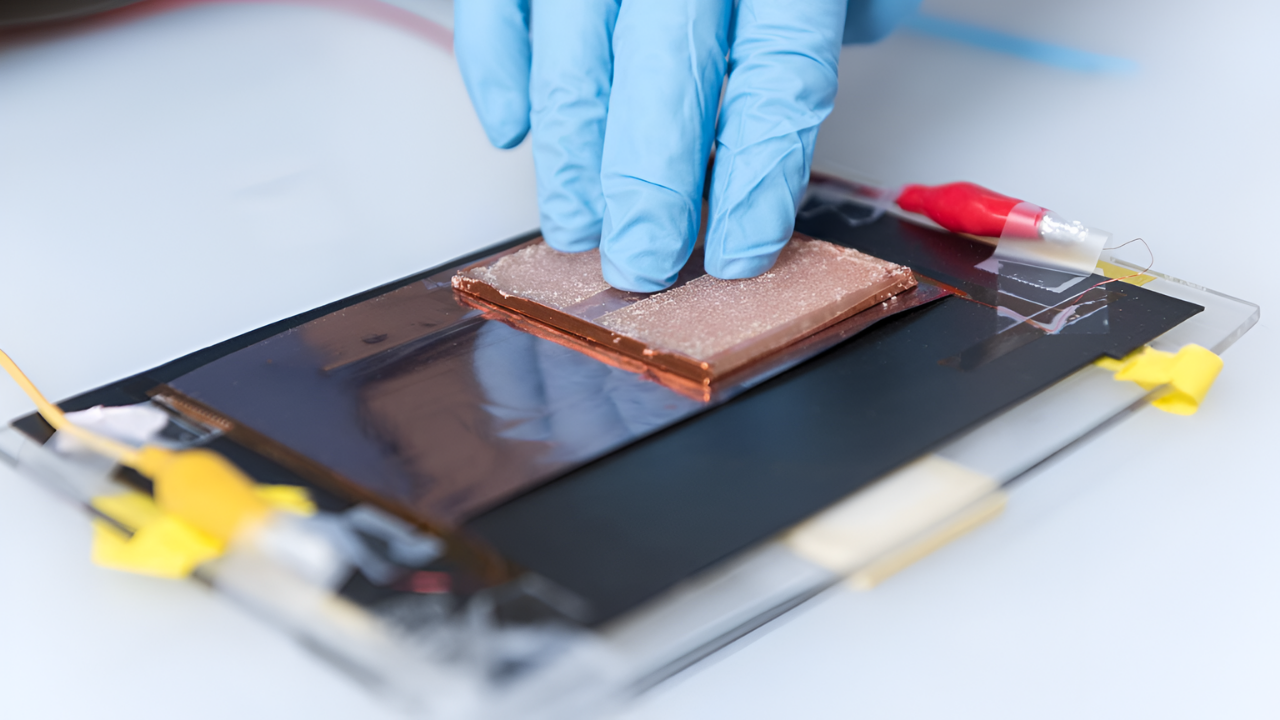
Recent headlines claiming the $50 billion EV battery market faces extinction following a graphene supercapacitor breakthrough significantly overstate the technology’s disruptive potential. Scientists at Monash University have achieved genuine progress in energy storage; however, fundamental physics and commercial realities suggest that batteries will continue to dominate electric vehicle power systems for decades.
The gap between laboratory innovation and market transformation remains substantial, with multiple challenges hindering the deployment of supercapacitors at scale.
Monash University’s Multiscale Graphene Breakthrough
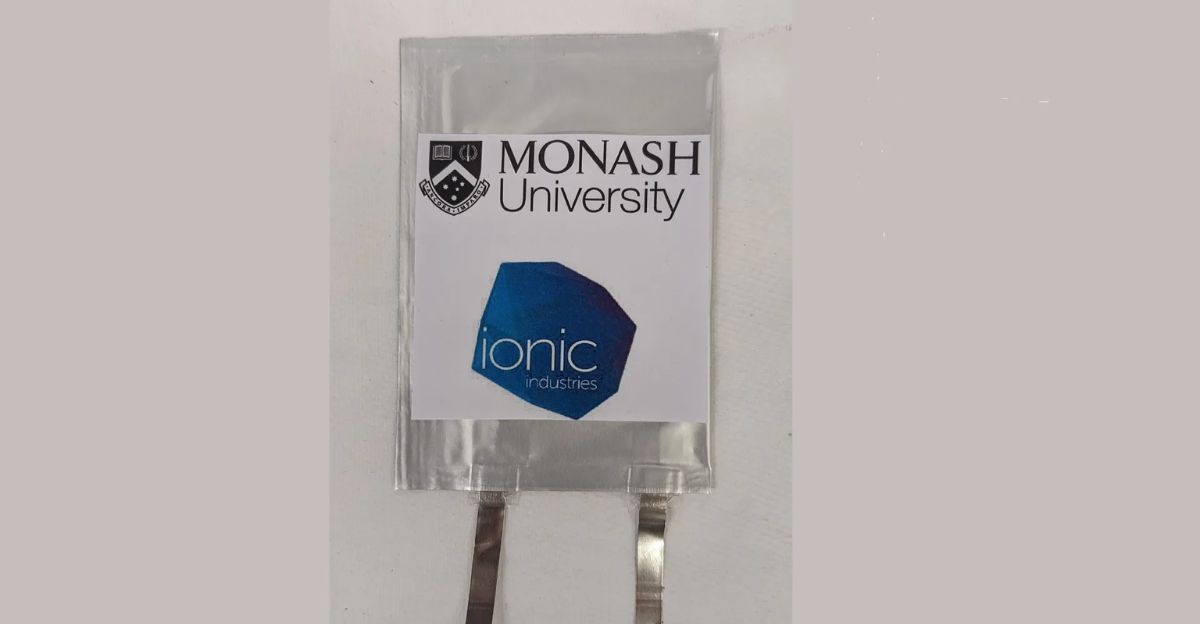
In November 2025, Monash University researchers unveiled a graphene-based supercapacitor that achieved volumetric energy densities of 99.5 Wh/L and power densities of 69.2 kW/L. The team developed multiscale reduced graphene oxide (M-rGO) through rapid thermal annealing, creating curved graphene structures enabling efficient ion pathways.
This advancement represents genuine progress for supercapacitor technology, potentially enabling fast-charging applications previously unattainable. However, experts caution that the breakthrough addresses only one aspect of complex energy storage requirements for modern transportation systems.
Energy Density Gap Remains Insurmountable
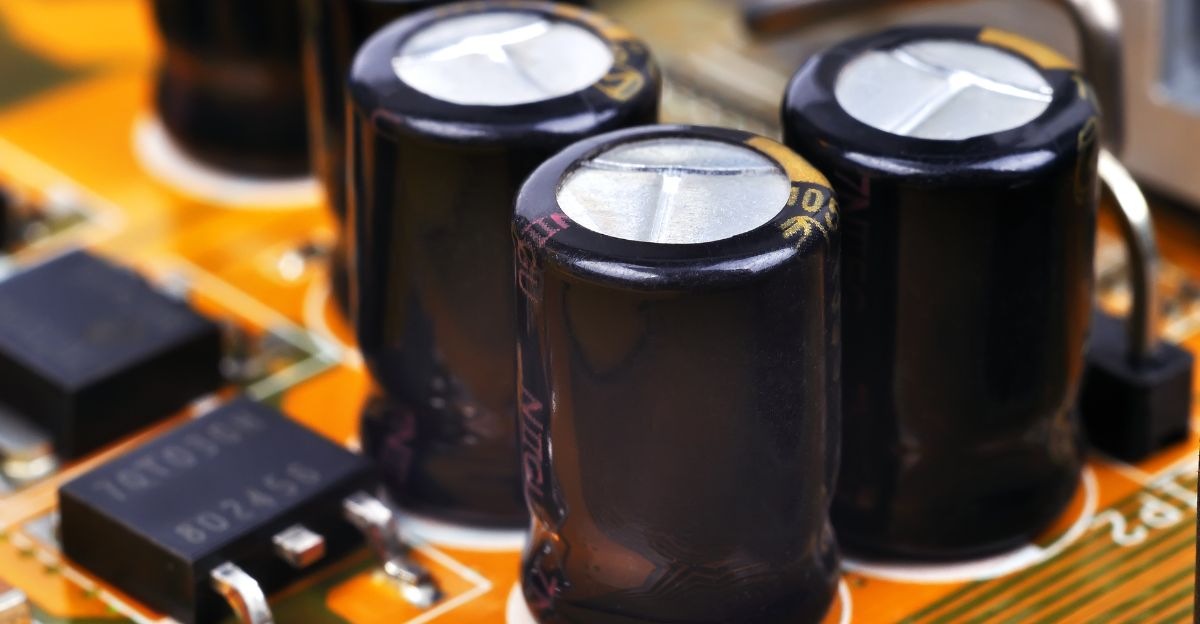
The critical limitation preventing the supercapacitor replacement of batteries lies in the disparity in energy density. Traditional supercapacitors achieve only 5-20 Wh/kg, approximately 20-40 times lower than lithium-ion batteries, which range from 100 to 265 Wh/kg.
Even Monash’s breakthrough, achieving 99.5 Wh/L, only matches lead-acid battery levels, far below modern lithium-ion specifications. This physics-based limitation translates directly to severely restricted driving ranges for electric vehicles, making full battery replacement commercially impractical for consumer transportation applications.
Charging Speed Cannot Compensate for Storage Limitations

Supercapacitors excel in charging speed and power delivery, but they cannot overcome fundamental energy storage constraints. A supercapacitor that charges in seconds cannot store as much energy as a battery that requires minutes for charging. The theoretical advantage of rapid energy delivery becomes irrelevant if the vehicle cannot travel meaningful distances.
Real-world driving requirements demand sustained energy delivery over 300+ kilometer ranges, capabilities only achievable through advanced battery chemistries, not supercapacitor technology currently available.
Global EV Battery Market Experiencing Explosive Growth

Rather than declining, the global EV battery market is expanding dramatically. The sector valued at $66-76 billion in 2024 is projected to reach $329-739 billion by 2030-2034, representing compound annual growth rates of 16.4-25.95 percent.
This explosive expansion reflects sustained demand from automakers as they transition entire vehicle lineups toward electrification. Chinese manufacturers, particularly CATL and BYD, continue to scale up their production aggressively, indicating industry confidence in the long-term dominance of battery technology in automotive applications.
CATL and BYD Dominate Global Production

Contemporary Amperex Technology Co. Limited maintains its market leadership with 339 GWh deployed in 2024, while BYD ranked second with 37.0 GWh in Q1 2025 alone, representing 62 percent year-over-year growth. Together, these Chinese manufacturers control approximately 55 percent of the global EV battery market.
Their continued investment in expanding production capacity, developing second-generation technologies, and launching complementary chemistries demonstrates the industry’s conviction that conventional batteries remain the optimal solution.
Advanced Lithium-Ion Batteries Continue Innovation

CATL unveiled its second-generation Shenxing battery in 2025, adding 520 kilometers of range with five-minute charging capabilities and supporting 5-80 percent charge in 15 minutes at sub-zero temperatures.
The company simultaneously launched Naxtra sodium-ion batteries with an energy density of 175 Wh/kg, retaining 90% power at -40°C and surviving over 10,000 charge cycles. These innovations demonstrate that existing battery chemistry continues to deliver meaningful performance improvements, reducing the urgency for disruptive replacement technologies among manufacturers prioritizing practical, near-term solutions.
Solid-State Batteries Present Credible Alternative
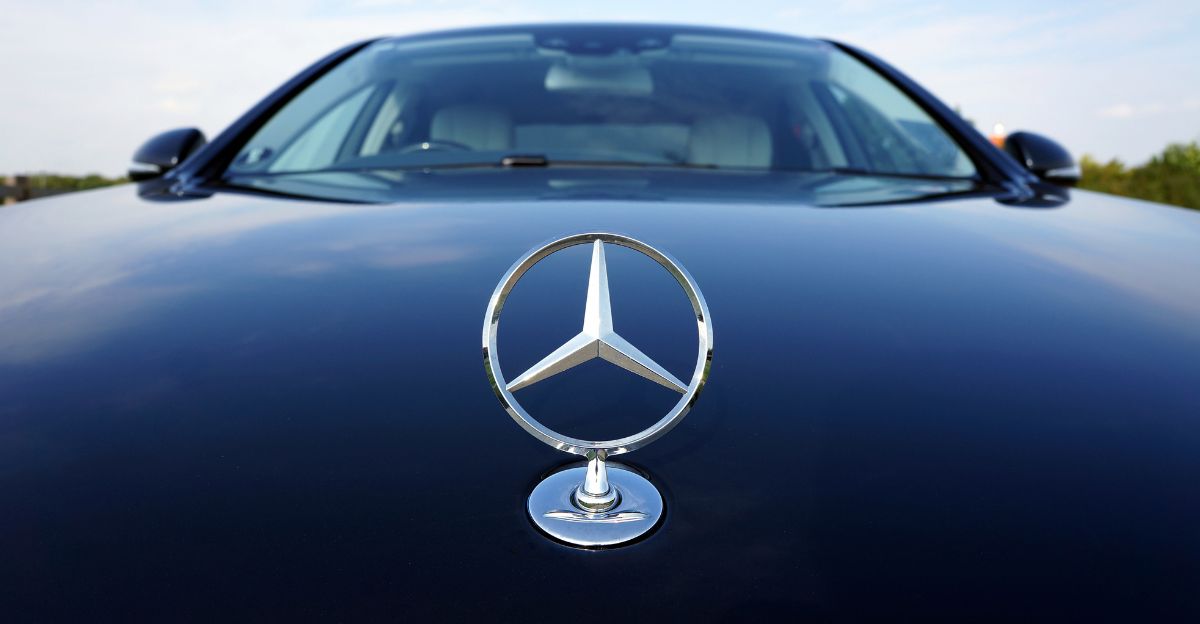
Rather than supercapacitors, solid-state batteries represent the more immediate threat to conventional lithium-ion dominance. Industry analysts project the deployment of solid-state batteries in premium electric vehicles between 2027 and 2030.
Toyota, Mercedes-Benz, and major automakers are investing heavily in this technology, promising higher energy density, faster charging, and enhanced safety compared to traditional lithium-ion batteries. These developments suggest evolutionary improvements in battery technology rather than revolutionary supercapacitor displacement of existing systems.
Supercapacitors Excel in Complementary Roles
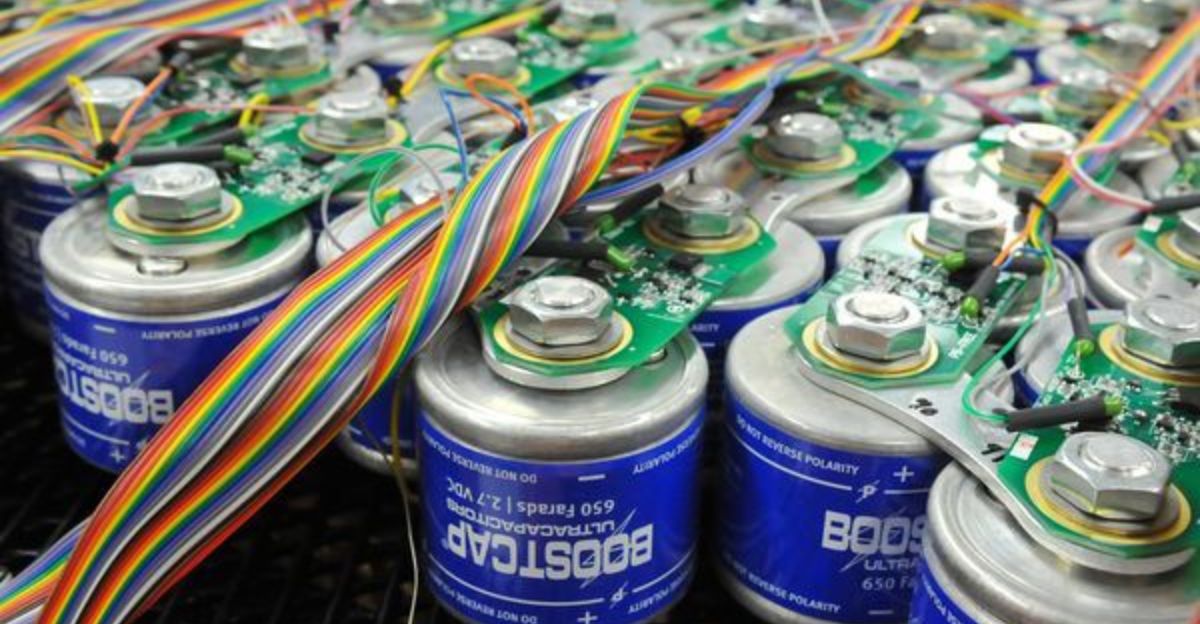
Realistic applications position supercapacitors as battery supplements rather than replacements. Hybrid systems that leverage supercapacitors for regenerative braking, recovery, and acceleration bursts, while batteries provide sustained range, represent an optimal configuration.
Supercapacitors’ exceptional strengths—ultra-fast charging, high power density, and cycle life exceeding 100,000 cycles—complement battery limitations in specific scenarios. This hybrid approach appears more commercially viable than replacing proven battery technology with performance-limited supercapacitor alternatives.
Allotrope Energy Develops Hybrid-Optimized Solutions

Allotrope Energy’s recent development of supercapacitors, which doubles energy density compared to existing solutions, enables more effective hybrid powertrains. One kilogram of Lignavolt supercapacitor delivers approximately 50 kilowatts compared to merely 1 kilowatt from equivalent-weight high-powered lithium-ion batteries.
This enormous power advantage positions supercapacitors ideally for burst power delivery and energy recovery applications. However, this advantage reinforces the hybrid rather than replacement positioning, acknowledging the distinct strengths of different storage technologies.
Niche Market Status Reveals Realistic Scope
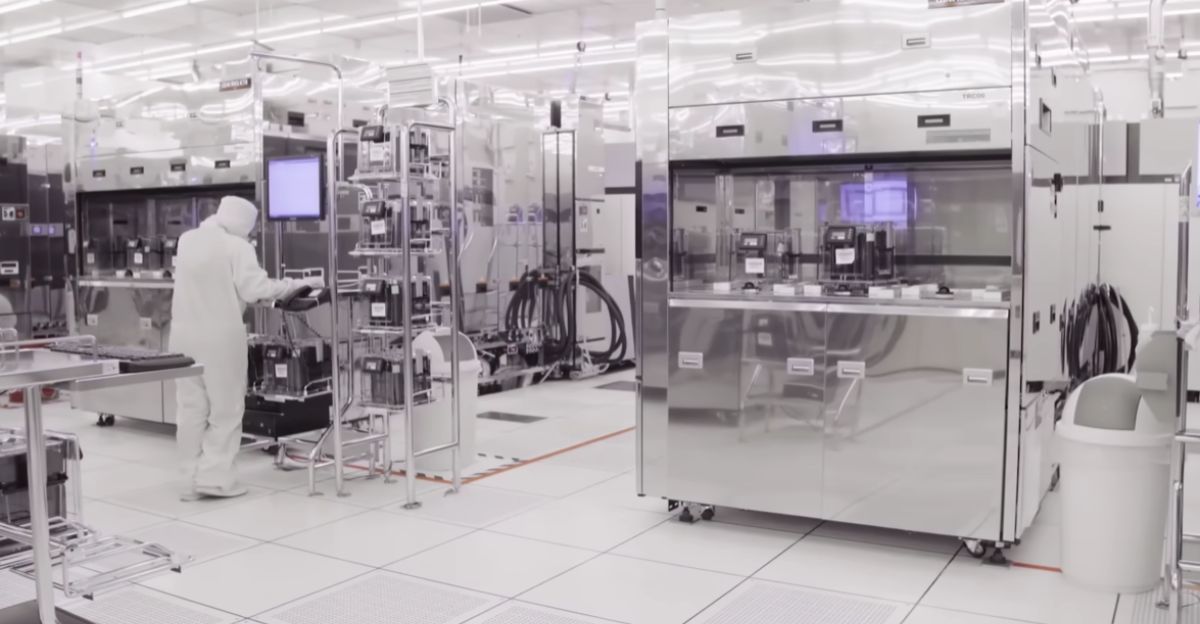
The graphene supercapacitor market, valued at $325-382 million in 2024, is projected to reach $2.1-2.2 billion by 2033-2034. This represents merely a tiny fraction of the overall battery market, which is currently valued at over $66 billion.
Market projections indicate supercapacitors will serve specialized applications rather than dominate primary energy storage. The significant valuation growth rate reflects increasing adoption in specific use cases, not the displacement of batteries from mainstream electric vehicles and consumer electronics applications.
Commercialization Timeline Extends Beyond Headlines
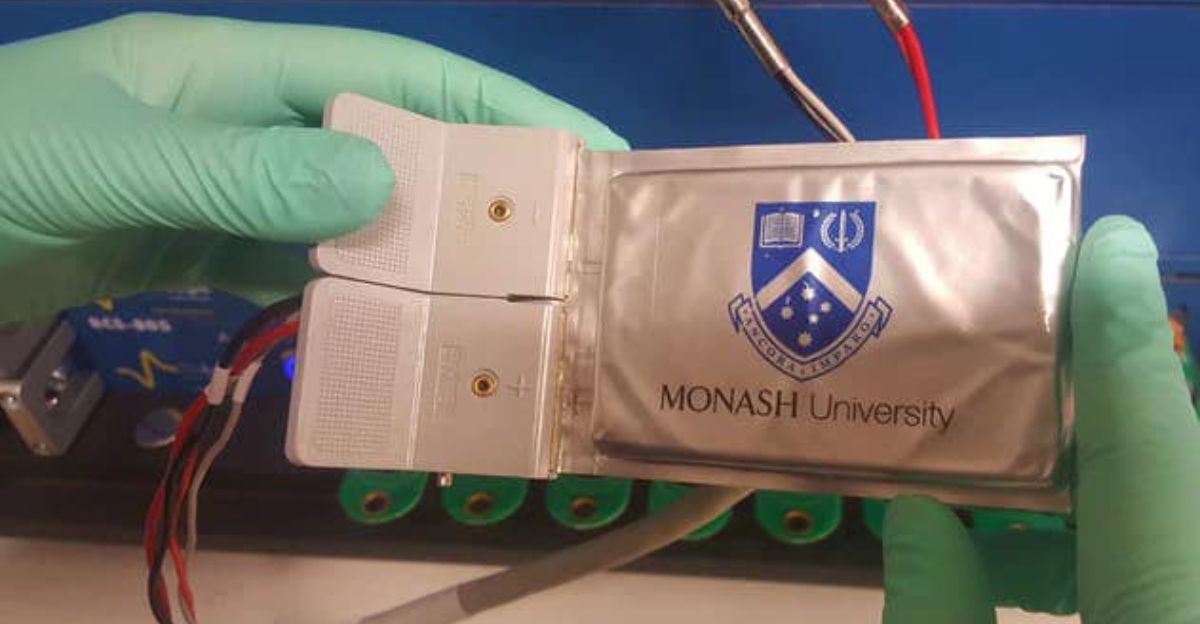
Monash University’s Ionic Industries spinout focuses on commercializing graphene supercapacitor technology, targeting applications that require high energy and fast power delivery simultaneously. Historically, energy storage technology paths from laboratory breakthrough to commercial deployment span 5-10 years.
The U.S. Department of Energy identified substantial remaining challenges, including poor energy density, high capital costs, and problematic self-discharge rates, with supercapacitors losing approximately fifty percent of their charge monthly, compared to five percent for lithium-ion batteries.
Multiple Battery Innovations Continue Advancing

Chinese researchers achieved breakthroughs in solid-state batteries, potentially enabling ranges exceeding 1,000 kilometers. Artificial intelligence has discovered novel multivalent-ion batteries utilizing abundant magnesium and calcium elements as sustainable alternatives to lithium.
These simultaneous advances in battery chemistry and design demonstrate the field’s vitality and ongoing momentum for innovation. Collectively, these developments suggest evolutionary improvements in battery technology rather than imminent displacement by alternative technologies.
Market Reality Contradicts Extinction Narratives

Claims that the EV battery market faces extinction lack support from current evidence and industry momentum. While supercapacitor technology has advanced meaningfully, fundamental physics continues to favor electrochemical batteries for sustained power delivery requirements.
Global electrification initiatives, Chinese battery technology exports, and manufacturers scaling production to gigawatt-hour capacities demonstrate the battery industry’s robustness. The evolving ecosystem is likely to feature different energy storage technologies serving specialized roles, without batteries surrendering automotive dominance.
Future Involves Technological Coexistence Rather Than Replacement
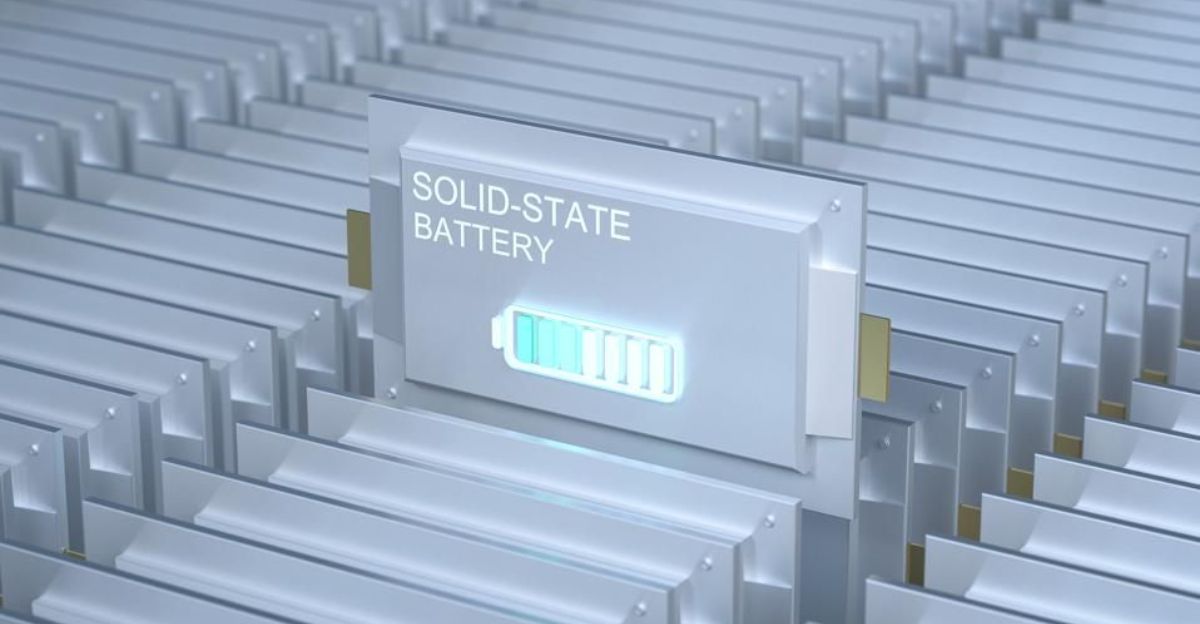
The most probable scenario involves batteries, supercapacitors, and solid-state technology serving distinct niches within expanding energy storage applications. Batteries will continue to dominate electric vehicles for the foreseeable future, while supercapacitors will find expanding applications in hybrid systems and specialized technologies. Solid-state solutions will gradually increase their market share as manufacturing scales.
Rather than extinction, the battery market is facing a transformation into a more diversified ecosystem where complementary technologies address specific performance requirements more effectively than monolithic solutions.